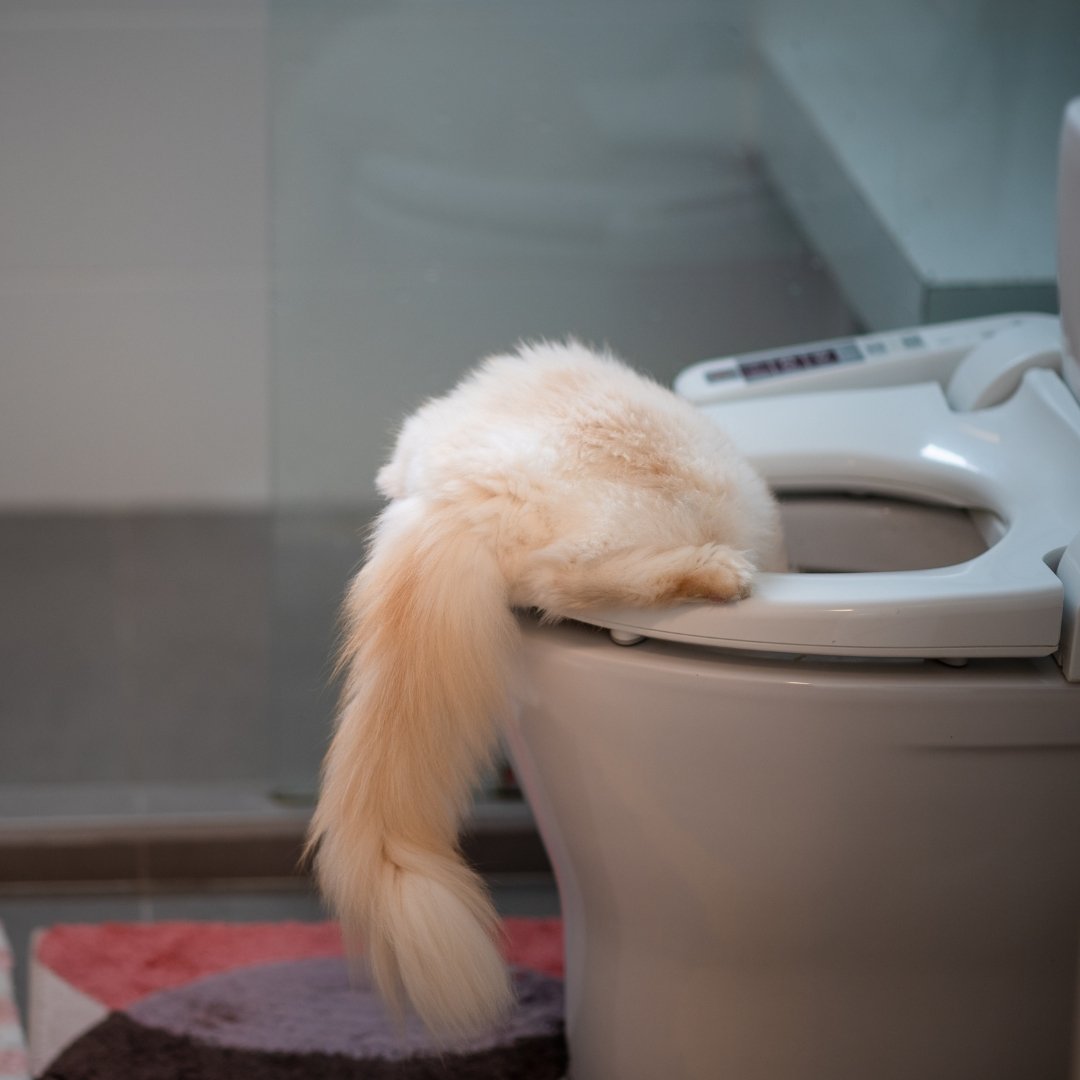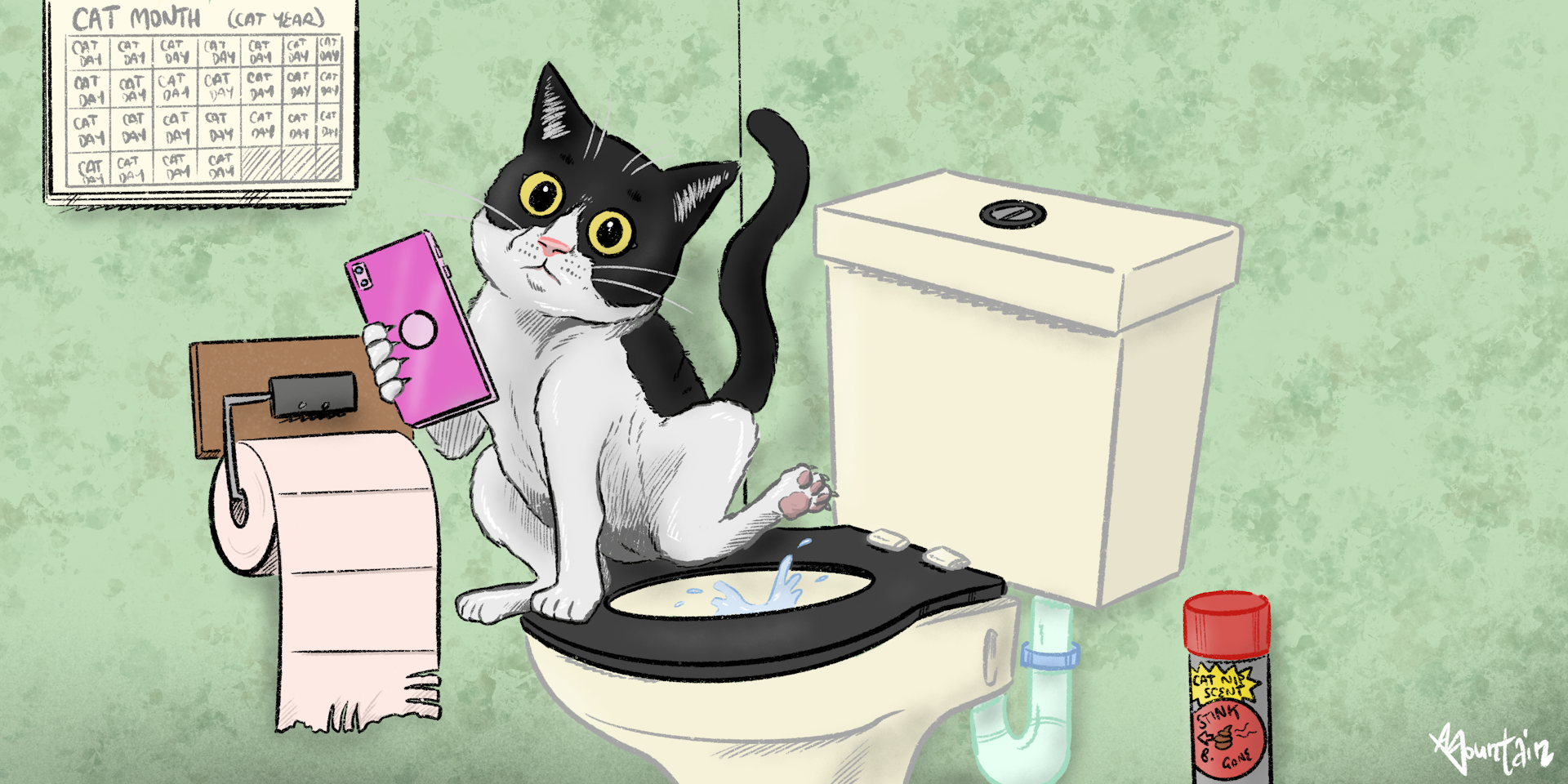Hazards of Flushing Cat Poop Down Your Toilet - Avoid Potential Problems
Hazards of Flushing Cat Poop Down Your Toilet - Avoid Potential Problems
Blog Article
The author is making several great observations on the subject of Can You Flush Cat Poo or Litter Down the Toilet? as a whole in the article in the next paragraphs.

Intro
As pet cat proprietors, it's necessary to be mindful of just how we take care of our feline buddies' waste. While it might seem practical to purge feline poop down the commode, this practice can have damaging consequences for both the environment and human wellness.
Alternatives to Flushing
The good news is, there are safer and more responsible ways to get rid of cat poop. Consider the complying with options:
1. Scoop and Dispose in Trash
The most typical technique of dealing with feline poop is to scoop it right into a biodegradable bag and toss it in the garbage. Make certain to use a specialized clutter scoop and throw away the waste immediately.
2. Use Biodegradable Litter
Opt for biodegradable cat clutter made from materials such as corn or wheat. These clutters are environmentally friendly and can be securely dealt with in the garbage.
3. Bury in the Yard
If you have a yard, consider burying cat waste in a marked area far from vegetable gardens and water sources. Be sure to dig deep enough to prevent contamination of groundwater.
4. Mount a Pet Waste Disposal System
Buy a family pet garbage disposal system particularly designed for feline waste. These systems make use of enzymes to break down the waste, decreasing odor and ecological effect.
Wellness Risks
Along with ecological issues, flushing pet cat waste can additionally position health dangers to human beings. Pet cat feces may contain Toxoplasma gondii, a bloodsucker that can trigger toxoplasmosis-- a potentially serious illness, particularly for expecting women and people with weakened body immune systems.
Ecological Impact
Purging feline poop presents dangerous virus and bloodsuckers into the water supply, positioning a considerable threat to marine communities. These pollutants can adversely affect aquatic life and concession water top quality.
Verdict
Responsible animal ownership extends past offering food and shelter-- it likewise includes appropriate waste monitoring. By refraining from flushing pet cat poop down the commode and choosing alternate disposal methods, we can reduce our ecological footprint and secure human health and wellness.
Why Can’t I Flush Cat Poop?
It Spreads a Parasite
Cats are frequently infected with a parasite called toxoplasma gondii. The parasite causes an infection called toxoplasmosis. It is usually harmless to cats. The parasite only uses cat poop as a host for its eggs. Otherwise, the cat’s immune system usually keeps the infection at low enough levels to maintain its own health. But it does not stop the develop of eggs. These eggs are tiny and surprisingly tough. They may survive for a year before they begin to grow. But that’s the problem.
Our wastewater system is not designed to deal with toxoplasmosis eggs. Instead, most eggs will flush from your toilet into sewers and wastewater management plants. After the sewage is treated for many other harmful things in it, it is typically released into local rivers, lakes, or oceans. Here, the toxoplasmosis eggs can find new hosts, including starfish, crabs, otters, and many other wildlife. For many, this is a significant risk to their health. Toxoplasmosis can also end up infecting water sources that are important for agriculture, which means our deer, pigs, and sheep can get infected too.
Is There Risk to Humans?
There can be a risk to human life from flushing cat poop down the toilet. If you do so, the parasites from your cat’s poop can end up in shellfish, game animals, or livestock. If this meat is then served raw or undercooked, the people who eat it can get sick.
In fact, according to the CDC, 40 million people in the United States are infected with toxoplasma gondii. They get it from exposure to infected seafood, or from some kind of cat poop contamination, like drinking from a stream that is contaminated or touching anything that has come into contact with cat poop. That includes just cleaning a cat litter box.
Most people who get infected with these parasites will not develop any symptoms. However, for pregnant women or for those with compromised immune systems, the parasite can cause severe health problems.
How to Handle Cat Poop
The best way to handle cat poop is actually to clean the box more often. The eggs that the parasite sheds will not become active until one to five days after the cat poops. That means that if you clean daily, you’re much less likely to come into direct contact with infectious eggs.
That said, always dispose of cat poop in the garbage and not down the toilet. Wash your hands before and after you clean the litter box, and bring the bag of poop right outside to your garbage bins.
https://trenchlesssolutionsusa.com/why-cant-i-flush-cat-poop/

Do you really like reading up on How to Dispose of Cat Poop and Litter Without Plastic Bags? Make a remark directly below. We will be delighted to hear your views about this post. We are looking forward that you visit us again later on. Sharing is nice. You never know, you may very well be helping someone out. Thanks a lot for going through it.
Book A Service Report this page